Grassland fires in Wales: What a way to go
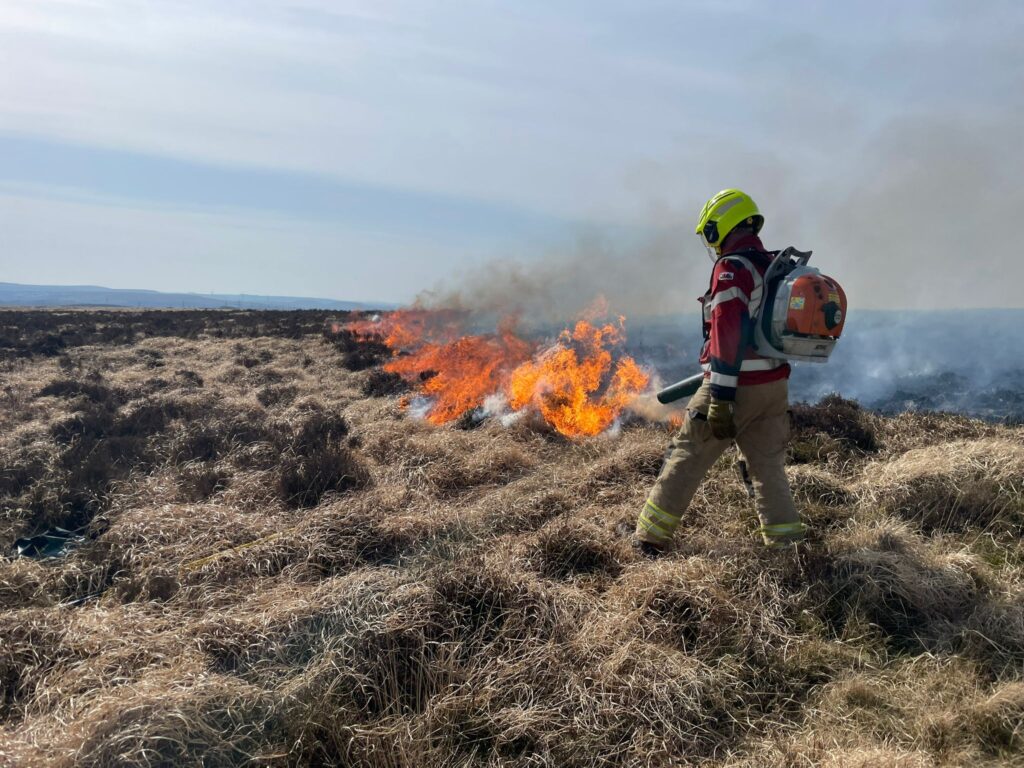
Rob Parry Chief Executive Officer Initiative for Nature Conservation Cymru & Julian Hughes, Head of Species (Wales), RSPB Cymru
If you are at all interested in wildlife, then spring is the season for you. The grey gloom of winter slowly ebbs away to give room for dryer warmer days. The type of warmth that stops you in your tracks, where you find yourself momentarily basking in the sun, like a lizard on a stone.
Wildlife that has spent the bleak winter months simply trying to survive, now starts to stir and show itself for the first time in what seems like an age. For them it is a time of excitement, renewed hope and promise of better times ahead.
For wildlife enthusiasts like me, it is also a time of firsts. The first Adder of the year, the first Skylark singing over a heathland, and the first signs of Water Vole along the banks of an upland stream, given away only by the telltale nibbling of the fresh vegetation.
Unfortunately for wildlife, there are the more sinister ‘firsts of the year’ to worry about too. With the onset of longer dry periods of weather come the first of the grassland wildfires in Wales, and with it the end of all the hope and promise that should signify the start of the year.
Yesterday was the 31st of March, and according to Welsh Government regulations, it was also the last day of the so-called ‘controlled’ heathland and grassland burns in upland Wales.
Hopefully, this will be true this year, but even if it is, the damage is already done.
We have a problem…
In the space of just 2 years (January 2022 – 2024), Fire and Rescue services in Wales attended over 5,100 grass fire incidents covering thousands of hectares of wildlife rich habitats and destroying the wildlife that those habitats support. There have been over 140 grassfire incidents in March of this year alone. Lots of these will be ‘controlled burns’, legally permitted by Welsh Government once you have completed your self-assessed Burn Plan.
Wales and the UK is in the grip of a Nature Emergency. What this means is that hundreds of species and entire habitats are faced with a very real threat of extinction in the next few years. Many of these fires take place on wildlife rich habitats such as heathlands, scrub and acid grasslands. Some, on legally protected land for wildlife.
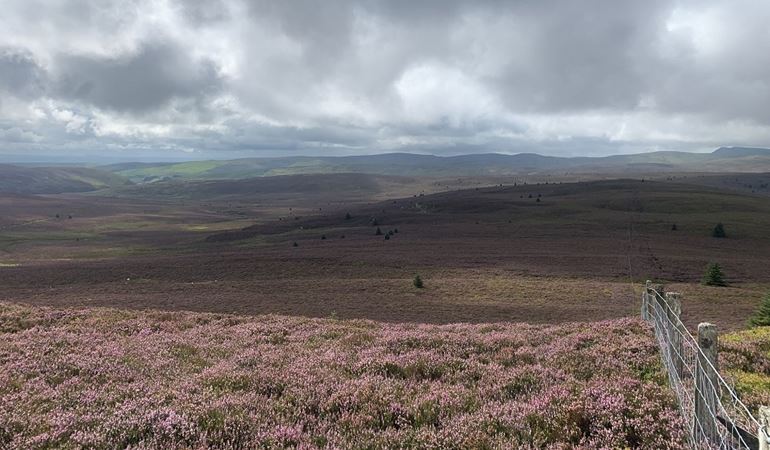
Fires can rip through a mountainside and kill everything in is way. Gorse and heathland are some of the targeted habitats for burning, but these are the perfect habitat for one of Wales’ rarest reptiles, the Adder.
Adders hibernate throughout the winer months, often underground in holes and root systems of Gorse bushes. Male adders emerge in February to establish their territory ready for females and the breeding season.
It is difficult to comprehend the pain and suffering that Adders and other wildlife go through when being burnt alive, chased down by flames and smoke until eventually they run out of space, oxygen or energy.
It must be one of the cruellest ways to die, and yet we subject countless wildlife to it every year, all for the for the promise of some fresh green shoots for grazing.
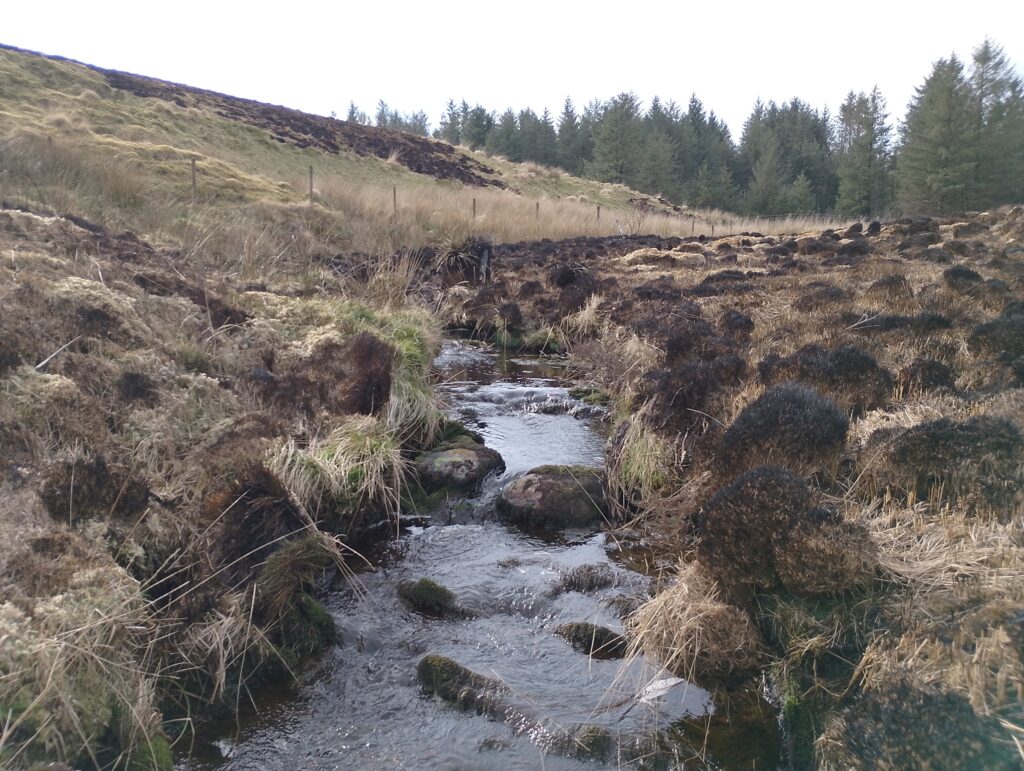
It’s not just direct death that fires bring to wildlife. In a few short hours they can lay waste to several hectares of habitat.
One fire in the north Berwyn range earlier in March destroyed several hectares of nesting and foraging habitat for two of our rarest raptor species, the Hen Harrier and Merlin, both with a population fewer than 40 pairs across the whole of Wales.
Water Voles are the fastest declining mammal in the UK of all time, their population has collapsed in recent decades, and they are on the brink of extinction in Wales.
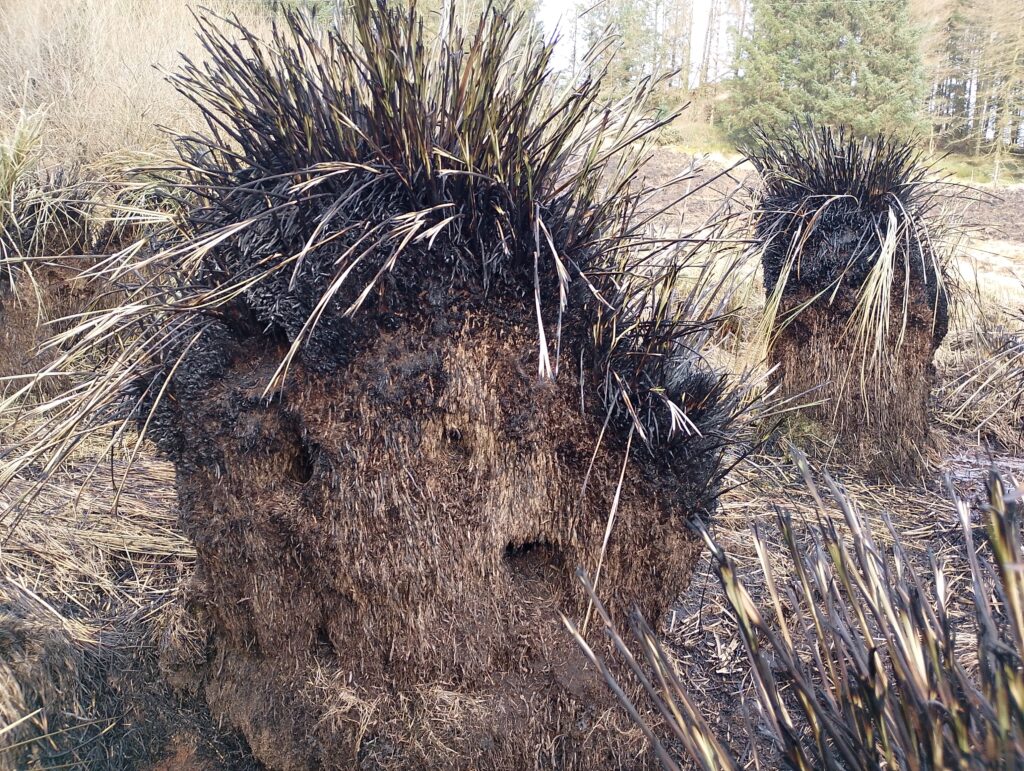
Upland habitats such as peat bogs and moorlands should be a safe haven for the remaining populations in Wales, owing to the fact that their alien predator, the American Mink don’t venture too far up into these upland habitats.
But instead of being the haven they should be, Water Voles have to contend with fire after fire, until all their habitat is gone.
Imagine being the fastest declining mammal species of all time and imagine surviving the hard winter months only to have your entire home, shelter and food resource burnt away in flames.
Water Voles that survive the direct persecution of the flames are left without food and cover and will soon die.
What can be done
The truth of the matter is that there are lots of organisations and groups across Wales working to limit the impact of grassland habitat fires on wildlife and people.
But like most things affecting nature in this country, the forces that cause harm overwhelmingly outweigh the forces doing good. Wales needs to do more.
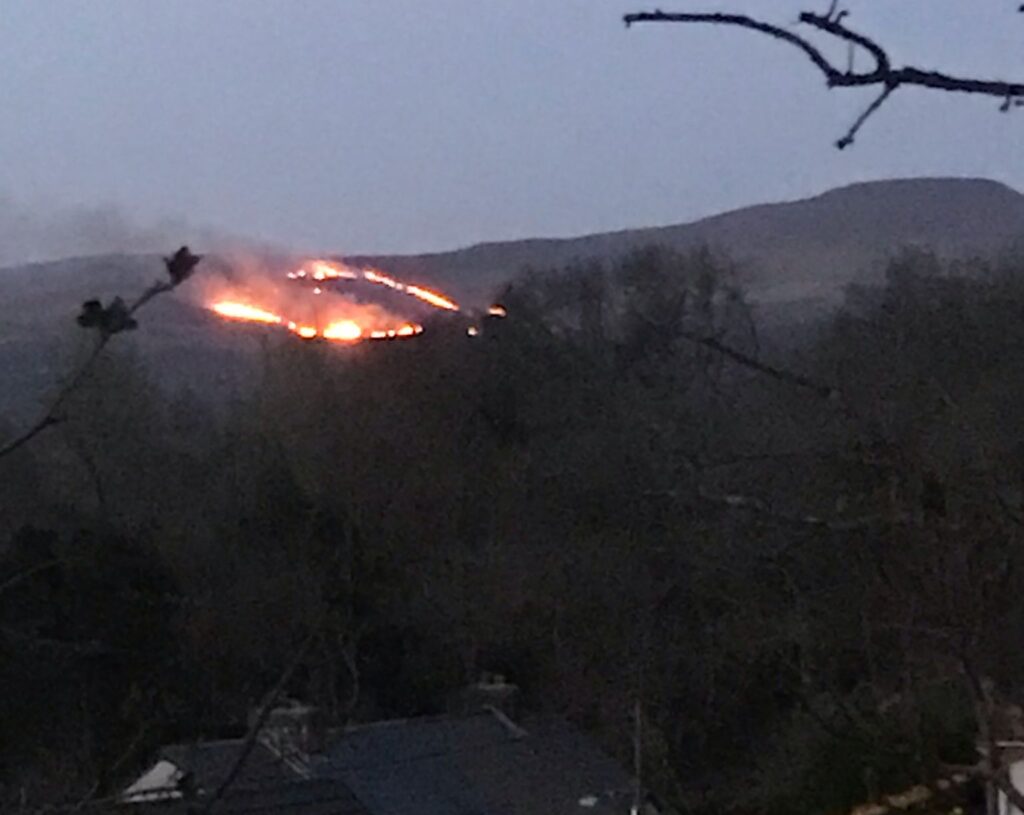
The Welsh Government’s Heather & Grass Burning Code and the protocols from the emergency services need reviewing urgently to avoid fires being lit in places of high nature value, or when there is a risk of losing control of burns.
For instance, North Wales Fire Service recently reported that one major fire in Eryri National Park this year “was thought to be the result of a controlled burn which had been left unattended”.
There must be a detailed definition somewhere of what a ‘controlled’ burn is, but it is hard to imagine for one moment it involves an unattended burning mountain.
Both Scotland & England have recently revised their legislation regarding controlled burns, and England appear to be going one step further by tightening up regulations regarding burning on peatland habitats.
Wales unfortunately lags behind, and more wildlife and the places they call home will suffer as a consequence.
Support our Nation today
For the price of a cup of coffee a month you can help us create an independent, not-for-profit, national news service for the people of Wales, by the people of Wales.





A fire proof camera here and there to capture the carnage among the fauna might sway local opinion…
A dry week or two ahead, no more fires…!
Ban “controlled fires” and punish arsonists by imposing “hard labour” sentences such as manually rebuilding the slow draining systems that work best in the remote rural areas. These diverse mix of scrub, heather, rough grasses etc provide wildlife habitat and absorb heavy rainfalls to mitigate flooding in lowland areas.
No room for shooting estates in this day and age. Time they went the way of the dodo (apt in a way).